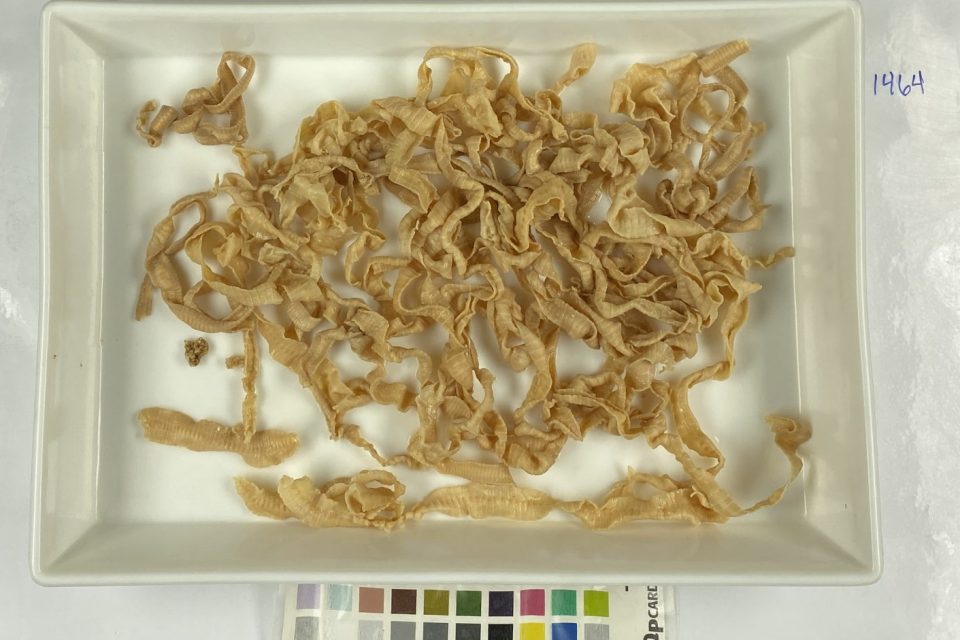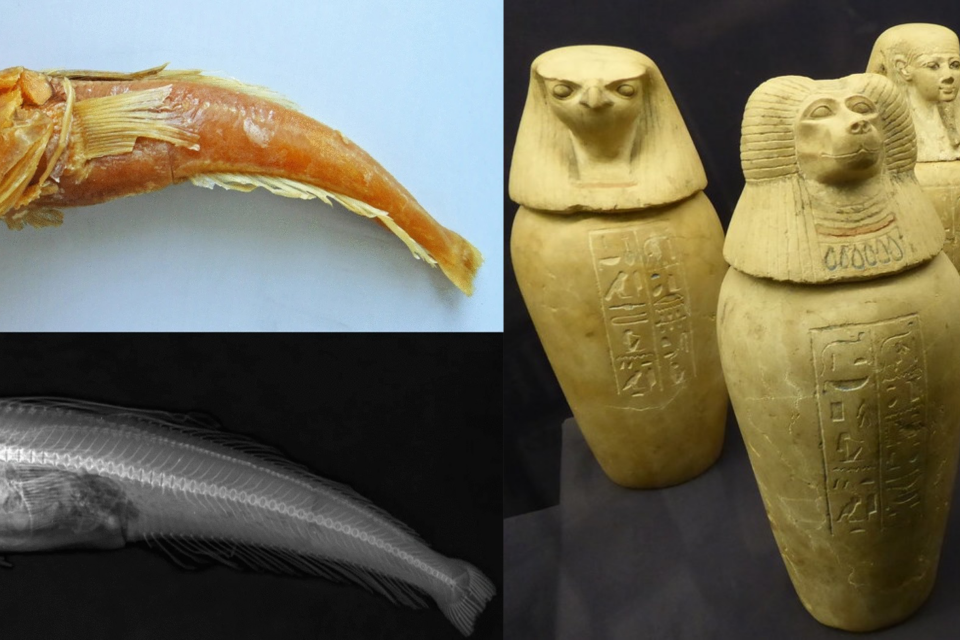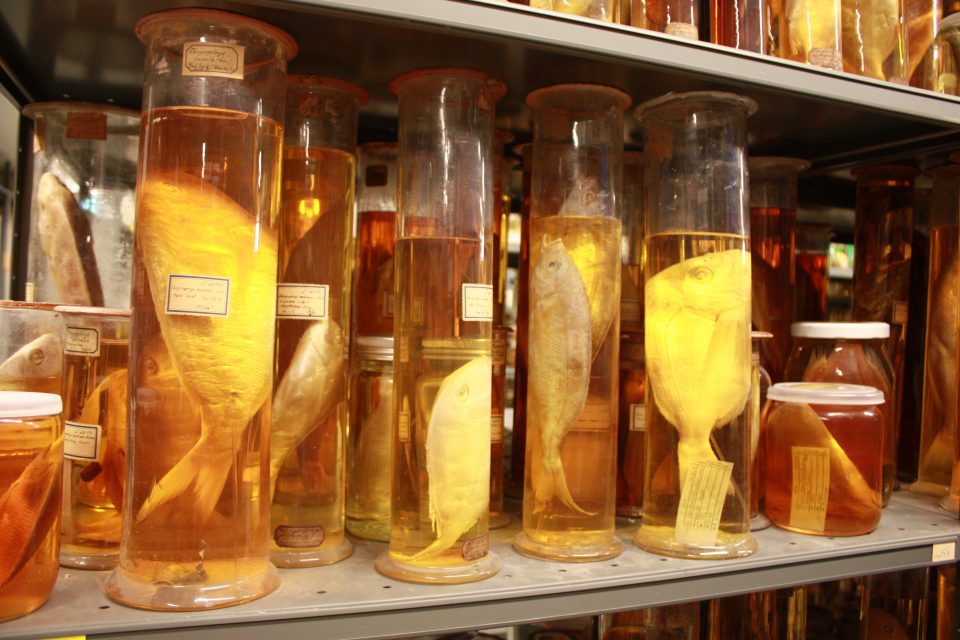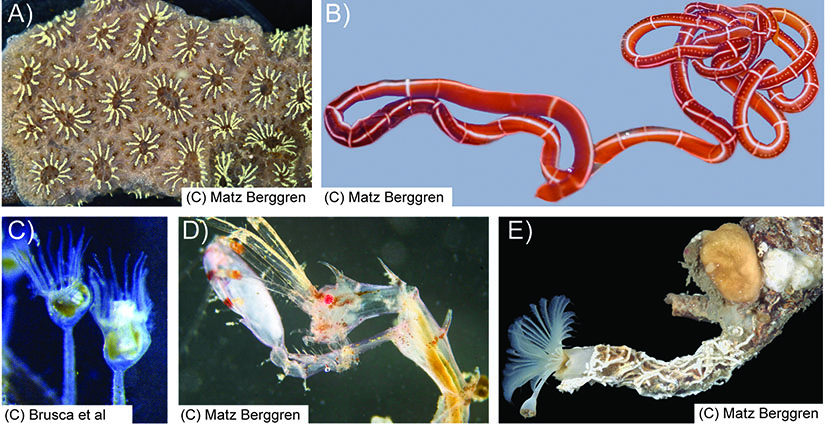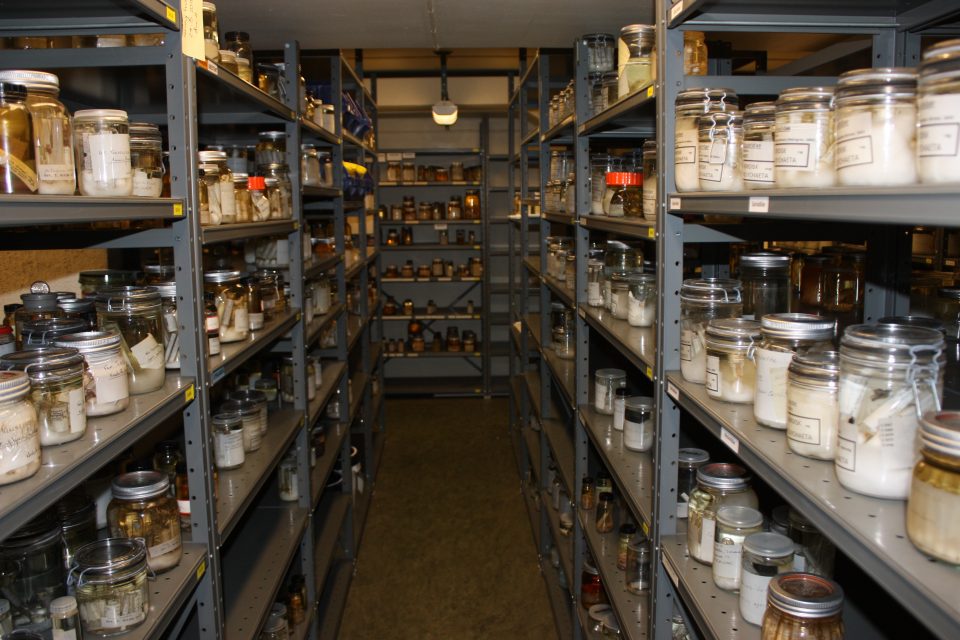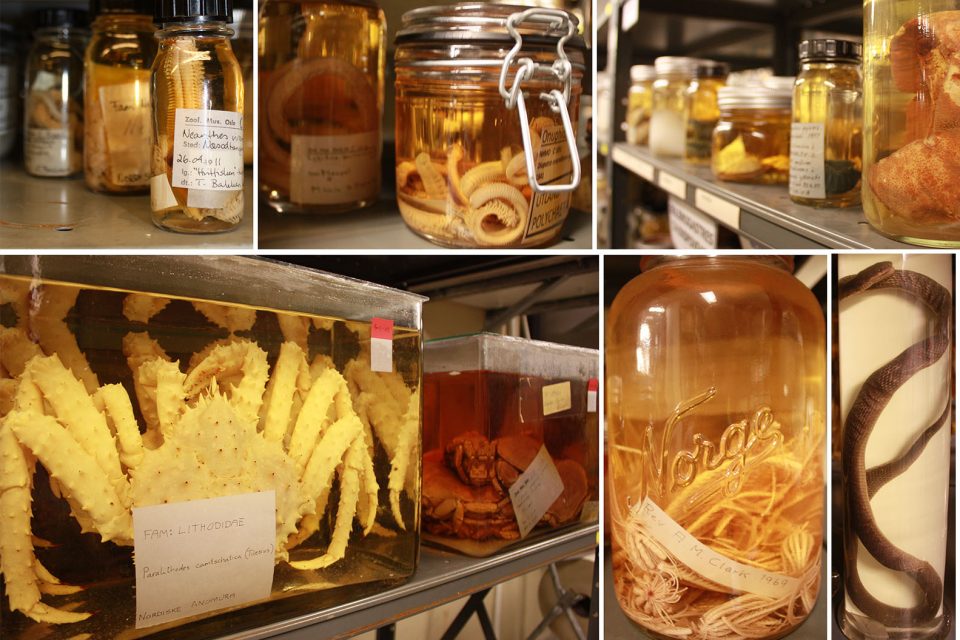
Raising the treasure of the collections for barcoding
The Biodiversity Genomic Europe (BGE) project has three streams dealing with the biodiversity crisis. In the blog so far, we have mostly presented about one stream, the European Reference Genome Atlas (ERGA) one concentrating on the genomic side of the project. However, another stream is concentrating on the […]
